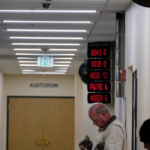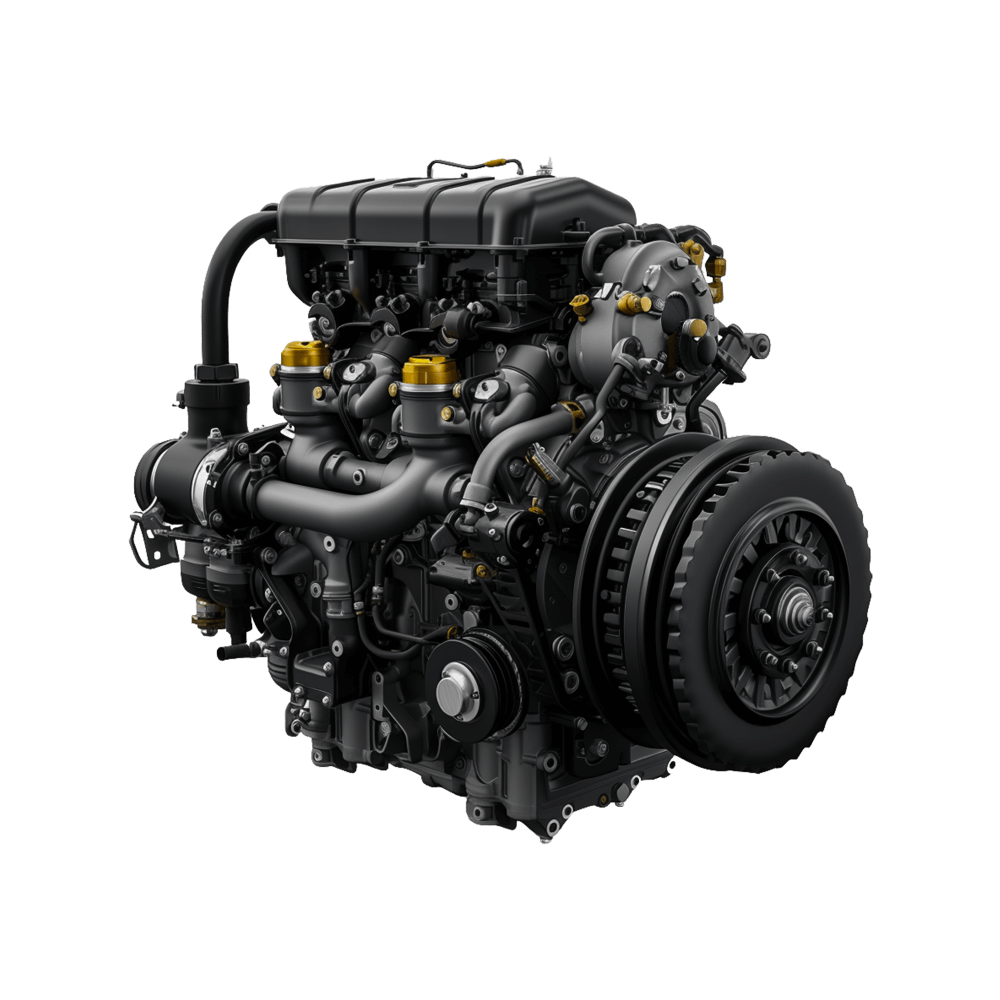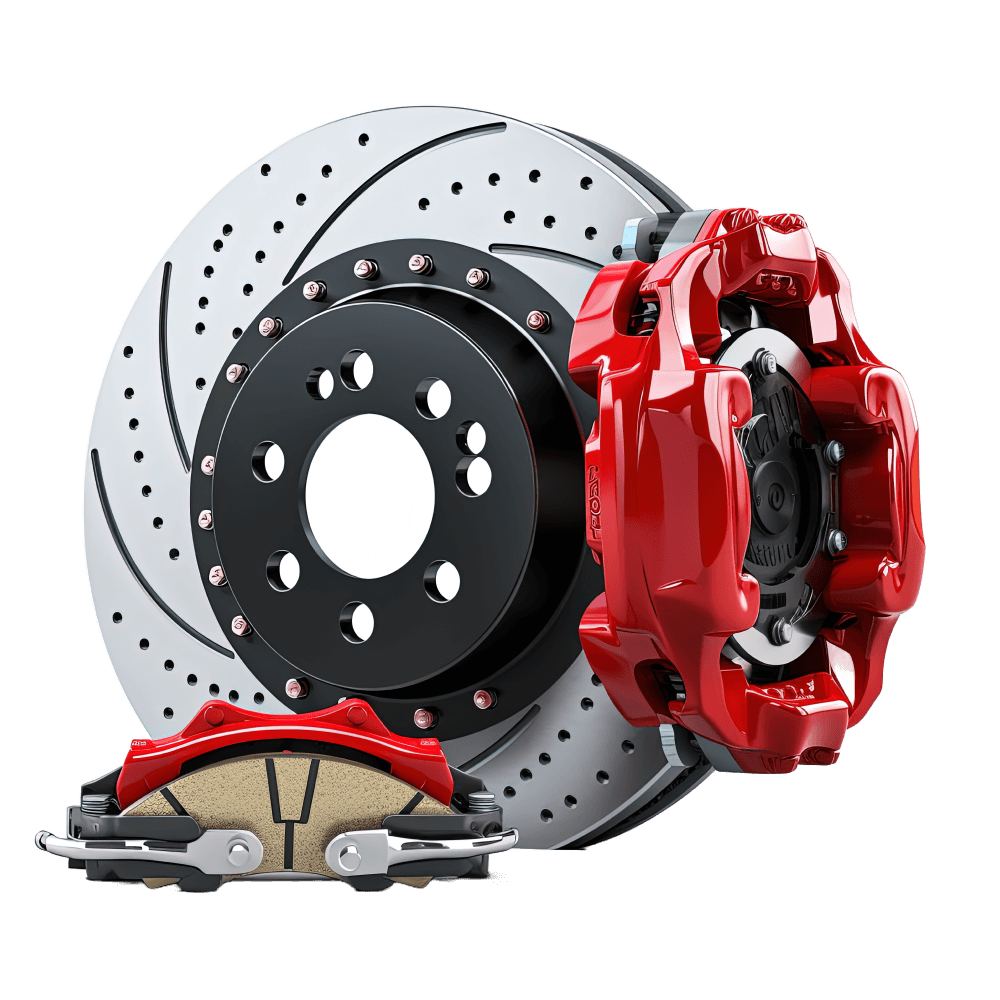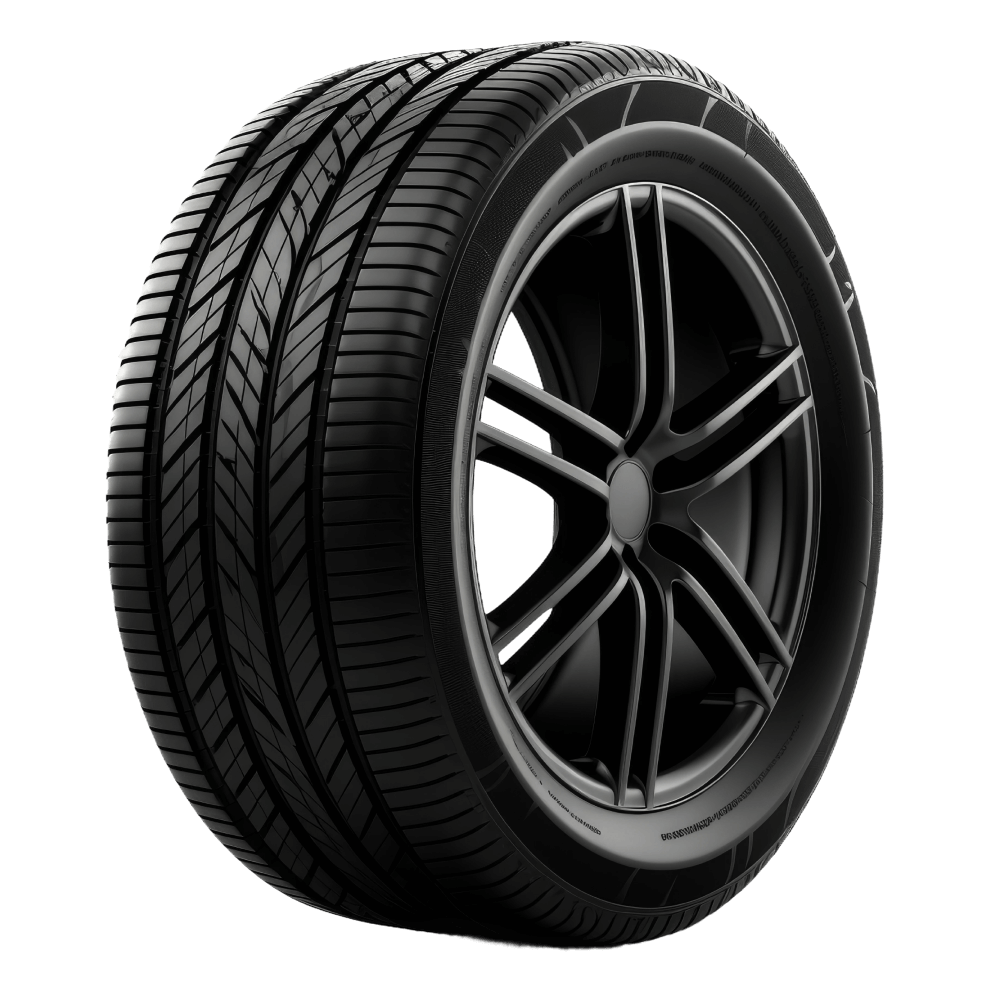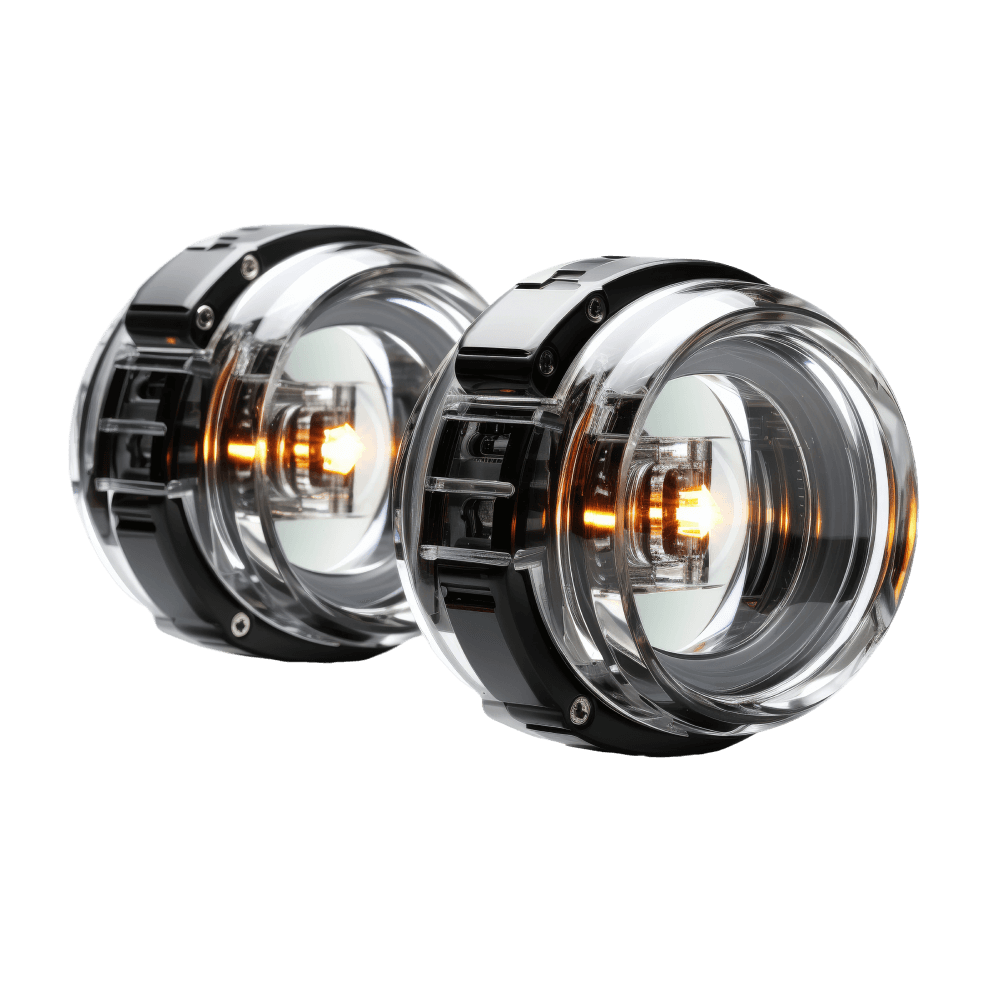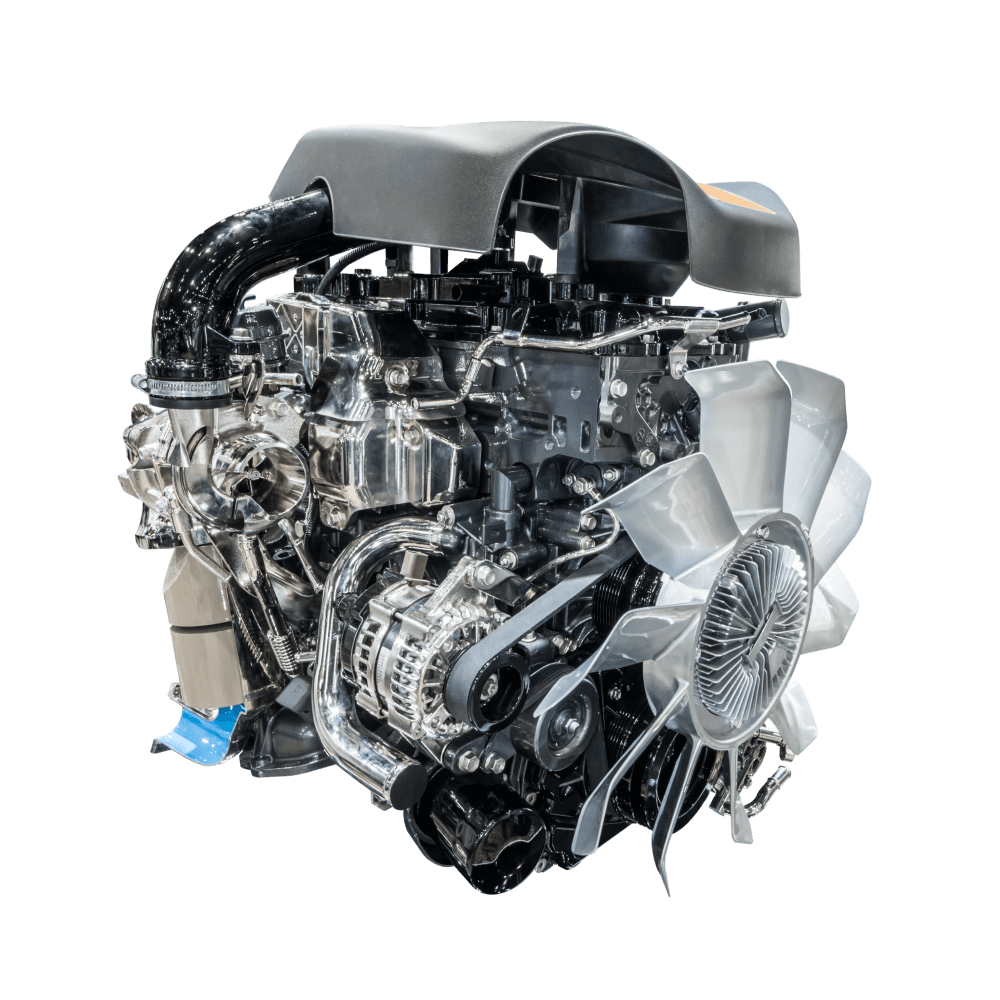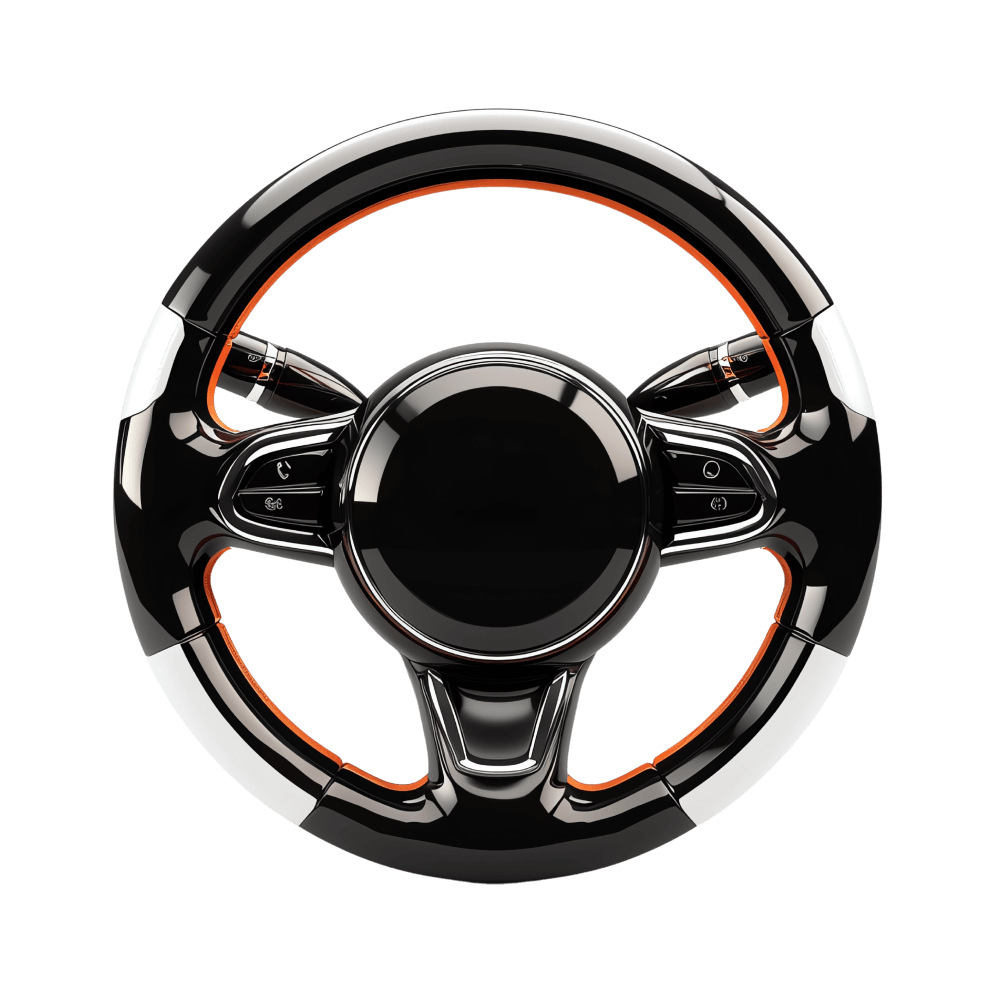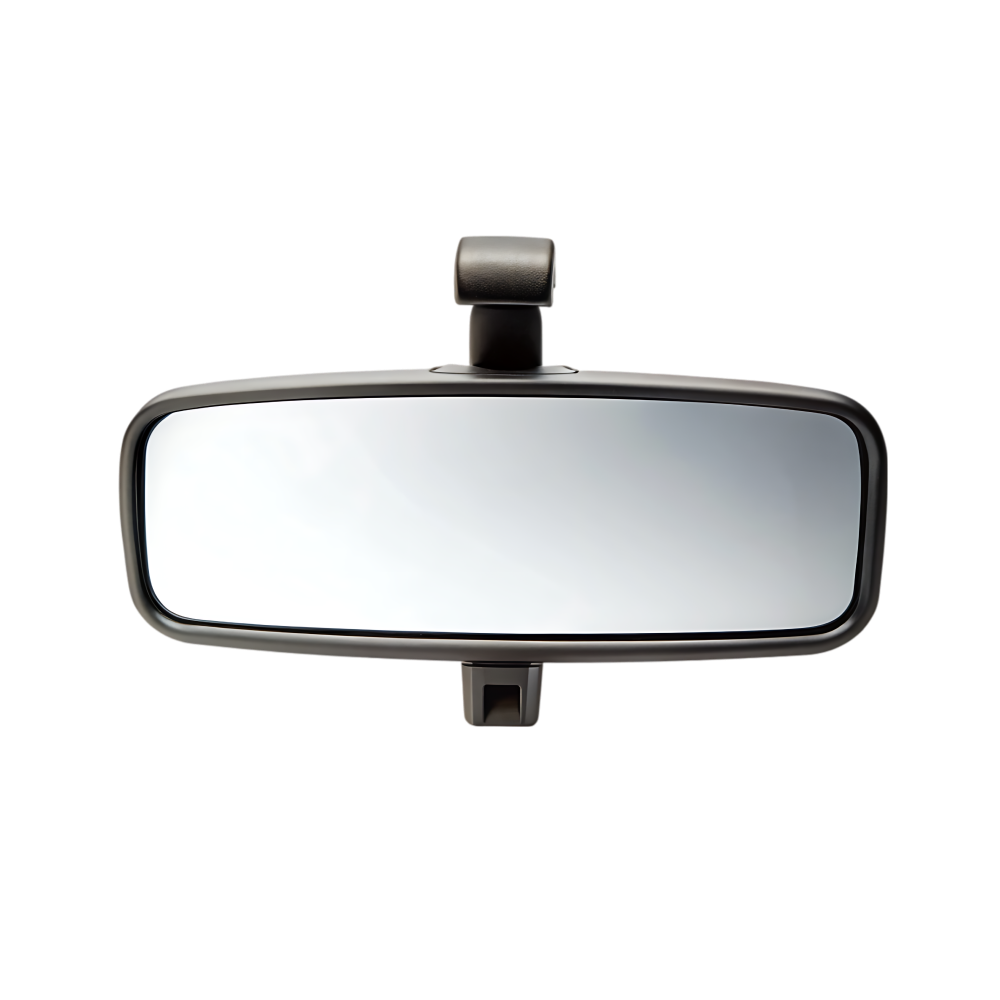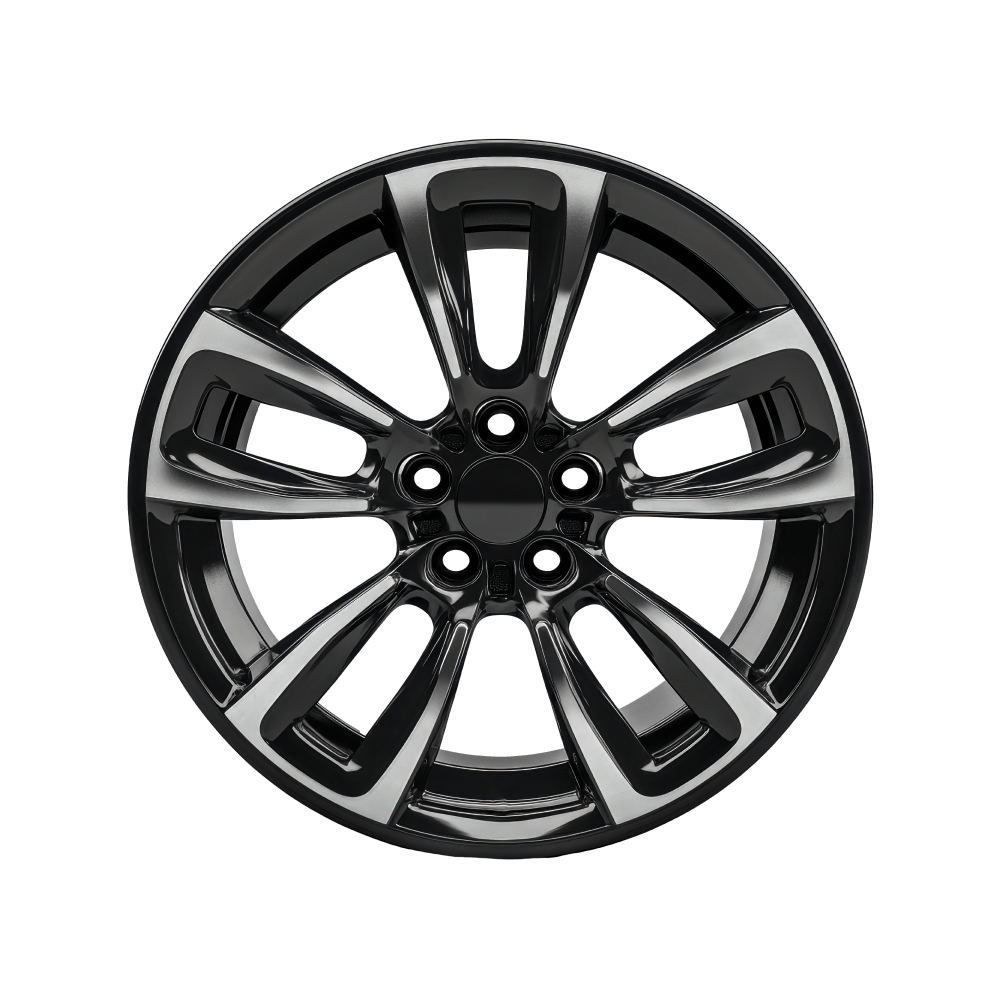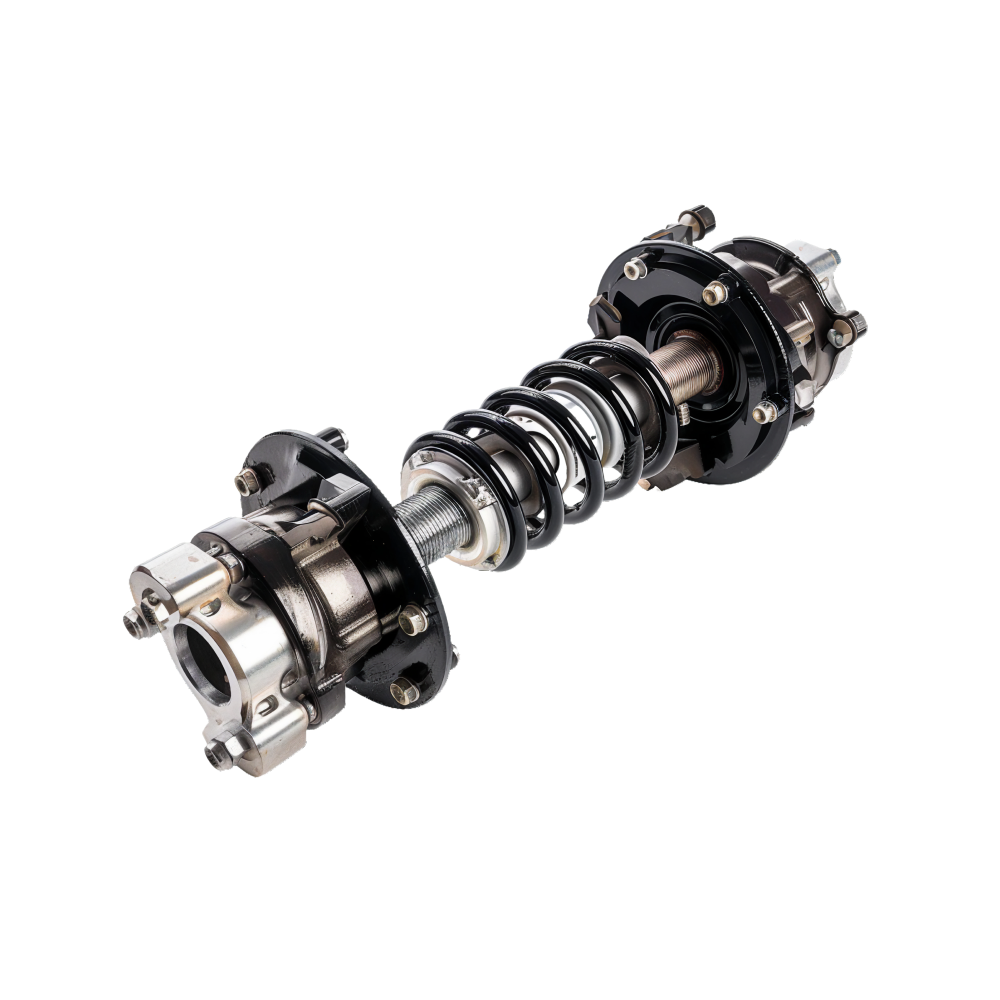Follow us today… 



The front grille of a car has long been its face, a key part of its identity, communicating brand heritage and design ethos. From BMW’s kidney grilles to Rolls-Royce’s Pantheon, these features are largely static art. But what if that face could talk? Mercedes-Benz is poised to answer that question with a groundbreaking feature on its upcoming GLC EV: a front grille that doubles as a high-resolution light display, effectively turning the front of the car into a “message board.” This novel design is already generating significant buzz, but it also raises critical questions about safety, driver behavior, and the very nature of how we interact on the road.
A New Frontier of Driver Distraction?
The most immediate concern is, without a doubt, the potential for driver distraction. Our roads are already saturated with stimuli competing for our attention. Adding dynamic, customizable light displays to the front of moving vehicles could introduce a dangerous new variable. The National Highway Traffic Safety Administration (NHTSA) consistently identifies distracted driving as a leading cause of fatal accidents. While much of the focus has been on in-car distractions like cell phones, a car grille displaying animated graphics or text could easily pull the gaze of other drivers away from the road.
Imagine driving at night and the car in front of you suddenly flashes a complex animation or a scrolling message. The momentary confusion or curiosity could be all it takes to cause a delayed reaction. Regulators will undoubtedly need to step in and create strict guidelines for what can be displayed, likely limiting animations to when the vehicle is stationary and prohibiting distracting patterns while in motion. Without clear rules, our highways could devolve into a chaotic and hazardous digital light show.
The Owner’s Dilemma: Fun vs. Problematic
For the owner, this technology presents a fascinating duality. On one hand, the potential for fun and personalization is immense. You could program the grille to display a welcome animation as you approach, show a charging status indicator, or perhaps even wish passersby “Happy Holidays” while parked. It’s a form of self-expression that turns the car into a more personal and interactive object. This aligns with a broader trend in the auto industry, where customization through software is becoming a key selling point.
However, the potential for misuse is equally significant. The feature could be used to display aggressive, taunting, or offensive messages, turning the car into a mobile platform for harassment. Imagine being cut off in traffic and then having the offending car’s grille display a mocking emoji. This feature could easily become a tool for antagonizing other drivers, creating a more hostile and stressful driving environment for everyone. The responsibility on Mercedes to implement robust content filters and moderation will be immense.
The Road Rage Amplifier
This leads directly to the feature’s potential impact on road rage. While some optimists might suggest the grille could be used for positive communication—displaying a “Thank You” for being let into a lane or an apologetic “Sorry!” for a mistake—human nature suggests it’s just as likely to be used negatively. Studies on driver behavior show that the anonymity of being inside a vehicle can often lead to more aggressive actions. Giving drivers a new, highly visible tool to express their frustration could act as an accelerant. A simple text-based insult or an aggressive animation could escalate a minor traffic disagreement into a dangerous confrontation. Instead of fostering better communication, this technology risks digitizing and amplifying the worst impulses of drivers.
The Industry Trend of Communicative Cars
Mercedes isn’t alone in exploring how a car’s exterior can communicate. This is part of a larger industry trend toward more advanced and interactive vehicle lighting. Audi has been a pioneer with its digital OLED taillights, which can display different light signatures and warning symbols to alert following drivers of hazards. Volkswagen has showcased its IQ.Light technology, which can project information and warnings onto the road surface itself.
Beyond safety, this technology has other interesting applications. For autonomous vehicles, these displays could be crucial for communicating intent to pedestrians and other human drivers, displaying messages like “Yielding to Pedestrian” or showing a clear directional arrow. In commercial applications, delivery vehicles could display company logos, promotions, or delivery status updates. The possibilities are extensive, but they all hinge on responsible and safe implementation.
Wrapping Up
The “message board” grille on the upcoming Mercedes GLC EV is a bold step into the future of automotive design and communication. It represents a fascinating intersection of technology, personalization, and social interaction. However, this innovation walks a fine line between being a delightful feature and a dangerous liability. Without thoughtful regulation and robust safeguards from the manufacturer, the potential to increase driver distraction and escalate road rage is very real. While the idea of a car that can visually communicate is intriguing, we must ensure that in giving our cars a voice, we don’t inadvertently make our roads a more chaotic and dangerous place. The industry is watching closely; Mercedes’ execution of this feature could set the precedent for vehicle-to-human communication for years to come.
Disclosure: Images rendered by Midjourney and Gemini
Rob Enderle is a technology analyst at Torque News who covers automotive technology and battery developments. You can learn more about Rob on Wikipedia and follow his articles on Forbes, X, and LinkedIn.
Follow us today… 



Torque News is an automotive news provider by Hareyan Publishing, LLC, dedicated to covering the latest news, reviews, and opinions about the car industry. Our professional team of reporters has many years of experience covering the latest cars, trucks, upcoming new-car launches, and car shows. They provide expertise, authority, and trustworthiness in covering automotive news. Torque News provides a fresh perspective not found on other auto websites with unique pieces on design, international events, product news, and industry trends. TorqueNews.com offers a new look at the world’s love affair with cars! We are committed to the highest ethics, providing diverse voices, accuracy, making corrections, and the best standards of automotive journalism. Copyright © 2010-2025 Torque News.


